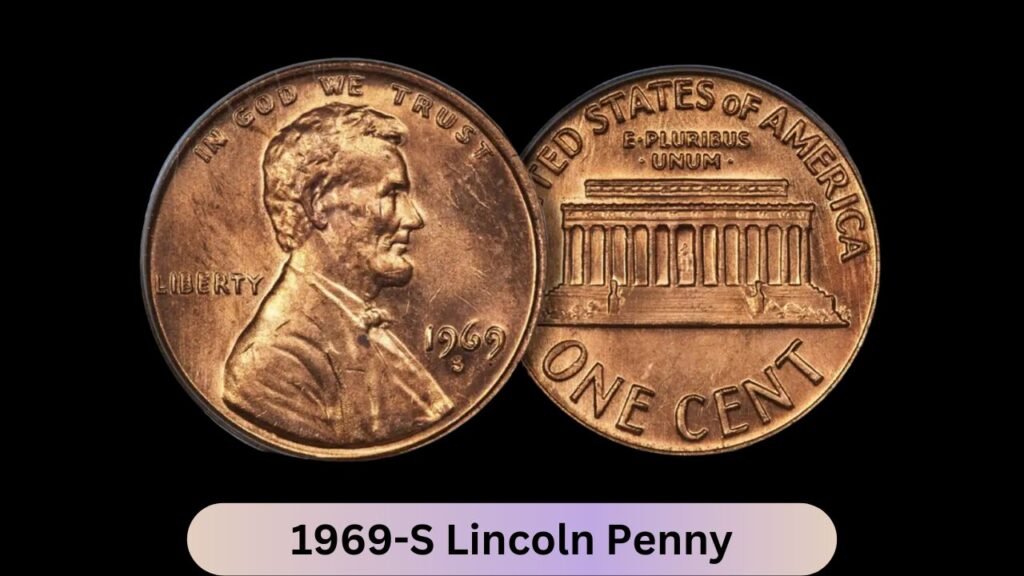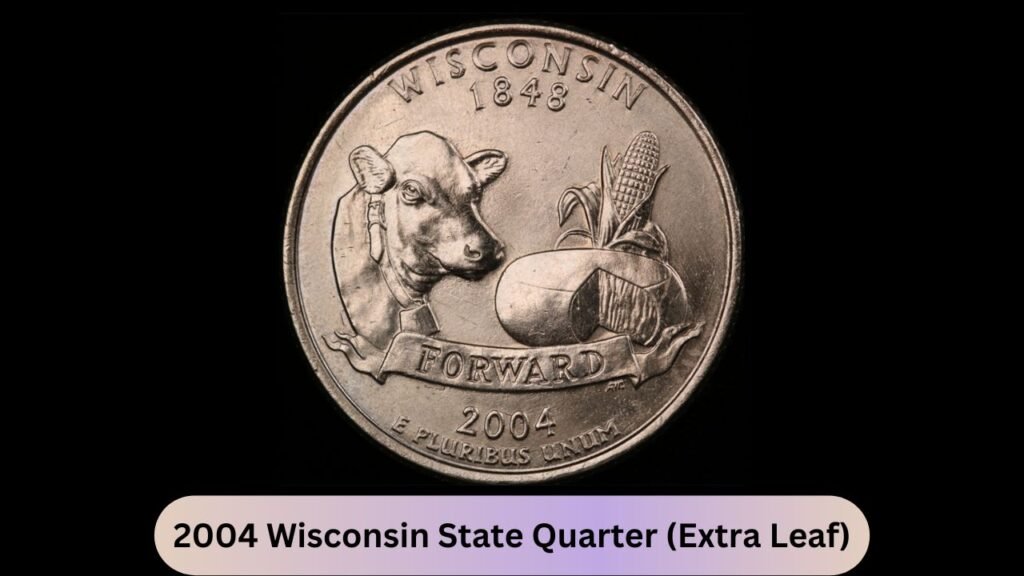Introduction
Have you checked your pocket change lately? Hidden treasures may be jingling in your purse right now. The world of the U.S. rare coins have fascinating stories of mint errors and historical oddities that can turn ordinary pocket change into valuable collectibles worth thousands – even hundreds of thousands of dollars.
Take the stunning $130,000 Bicentennial Quarter of 1976. This seemingly ordinary quarter, created to celebrate America’s 200th birthday, became an extraordinary find because of a specific coinage error they are invested so Just one example of how a small amount of money can hold a lot of value.
Your daily tasks can deliver rare funds directly into your hands. From doubled die pennies to mistaken copper cents, these historical treasures circulate alongside regular currency. The thrill of discovering these treasured coins lies not only in their value but also in their unique stories and historical significance.
Ready to discover what could be hiding in your transition? Let’s explore the US. in some of the most valuable coins you can find in everyday transactions.
Rare Coins Possibly Hiding in Your Change
1. 1969-S Lincoln Penny

The 1969-S Lincoln Penny is one of the most valuable miniatures in American history. Minted at the San Francisco Mint, this rare penny has a unique double dead face that gives some items the appearance of being doubled
Key Identifying Features:
- “1969” is double visible in the date.
- Double thoughts on the word “DIFFERENT”.
- As appears doubly so in the Lincoln profile
- Mint mark “S” on bottom date
- The accent on “IN GOD WE TRUST” doubles.
The Hub and Die method was doubly wrong. Two impressions were obtained at slightly different angles in the center of the die, giving it a double exposure on the face of the coin. This architectural fault led to one of the most sought after Lincoln Sts.
Value Assessment:
- Non-extended status: $75,000 – $100,000
- Other good condition: $30,000 – $50,000
- Good condition: $15,000 – $25,000
- Excellent condition: $5,000 – $10,000
Professional investors estimate that fewer than 100 real coins survive today. It is important to authenticate these coins because counterfeits are sold in the market. Genuine 1969-S double die pennies have a sharp and clear doublet that can be seen without any tooling.
Authentication Tips:
- Double check under 5x magnification
- Always look for ways to hold things together
- Note the placement of the “S” mint mark
- Compare with known authentic examples
- Examine the weight and composition of the coin
The rarity of the 1969-S Lincoln Penny comes as most of the damaged coins are recovered and spent during the quality check. The few that managed to escape roaming became highly sought-after items by collectors. Recent auction results show their prices continue to rise, with many examples selling for more than $80,000 in pristine condition.
This is not an isolated case; There are a few other expensive coins that may be hidden in your exchange as well.
2. 1943 Copper Penny

The copper penny of 1943 is a classic example of a wartime mistake. During World War II, the U.S. Mint switched from copper pennies to zinc-coated steel instead. This was done to preserve lead for military equipment. However, a small amount of soft lead was accidentally mixed in the process, resulting in this rare coin.
Production and Rarity
U.S. The Mint began producing steel pennies in 1943, producing about 1.1 billion of them. Only 40 copper coins from this year are known to survive today, making for an exceptionally rare mintage. Certified in 1943, each copper coin represents a milestone in American history.
Significance to Collectors
This penny has become a legend among collectors:
- An antique 1943-D bronze penny sold for $1.7 million at auction
- Another 1943-S example fetched $1 million at a private sale
- The 1943 Philadelphia bronze penny consistently brings $200,000+
One notable find came from Don Lutes Jr., who found a 1943 bronze coin in his school’s converted cafeteria in 1947. The coin was in his collection for 70 years before it sold for $204,000 a year 2019 in the
Authentication Tips
When it comes to finding a genuine 1943 copper coin, here are some tips to keep in mind.
- A real 1943 copper penny weighs 3.11 grams
- The magnet does not contact an actual sample
- Look for unique copper colors and mint markings
- Examine metal cents for signs of copper plating
Those who are unsure of the authenticity of their coins are advised to follow these tips or consult with experts who can offer assistance in determining if you own one of these rare coins.
3. 2004 Wisconsin State Quarter (Extra Leaf)

The Wisconsin State Quarter of 2004 is a prime example of how billing errors can lead to treasures of value. It was released as a U.S. Part of the Mint 50 State Quarters program, the quarter featured agricultural artifacts featuring a cow, cheese wheel and corn stalk – symbols of Wisconsin’s agricultural heritage
Two Distinct Error Varieties
There are two types of flaws in this series.
- Elevated leaf defects: Extra leaves appear higher up on the corn column
- Low paper error: Excess paper sits at the bottom of the stack
This variation is the result of die damage during minting at the Denver Mint. Banking experts estimate that only 50,000 quarters contain errors or variations – an unusually small number compared to Wisconsin’s production of millions of standard quarters
Market Value for These Error Coins
The market value of these error currencies varies widely depending on the circumstances:
- Rotating samples: $100 – $500
- Undistributed example: $1,000 – $2,500
- Quality models: up to $30,000
A number of models have been adopted by professional investments such as PCGS and NGC that help establish authenticity and market standards. These four areas are heavily marketed among collectors, with prices influenced by factors such as strike protection, surface protection and visual appeal.
Wisconsin’s quarterly errors illustrate how subtle changes in today’s U.S. are. in cash can provide important accumulation opportunities.
Conclusion
Your pocket change holds the untapped potential to uncover treasures as valuable as a $130,000 Bicentennial Quarter. The introduction of fundraising provides opportunities for financial gain and personal interest. Each coin tells a unique story of American history, from a rare 1943 copper coin to notable Wisconsin State Quarter errors.
The thrill of finding rare coins adds excitement to everyday shopping. You’ll develop a keen eye for detail, and learn to spot subtle differences that can translate into big profits. Building relationships with fellow collectors enhances your knowledge and creates lasting relationships within the coin group.
The collectibles market continues to grow, with rare items fetching amazing prices at auctions. Your dedication to learning about mint marks, imperfections and historical significance will prepare you to spot valuable coins that others may miss. Remember that education is still key – invest time in research, join collectors groups, and stay abreast of market trends to maximize the success of your collection.
Consider starting small by analyzing your current collection of changes. That simple task can uncover amazing pieces worth thousands of dollars.
FAQ’s
$130,000 Bicentennial Three What?
The $130,000 Bicentennial Quarter features a highly sought-after 1976 Bicentennial Quarter that can be costly due to minting errors such as double die errors or misprinted mint marks
What errors were commonly found in the mint during the two centuries?
Common mint errors during the bicentennial period included die double errors and misprints of mint marks. These flaws can significantly increase the value of the coin, making it more appealing to collectors.

